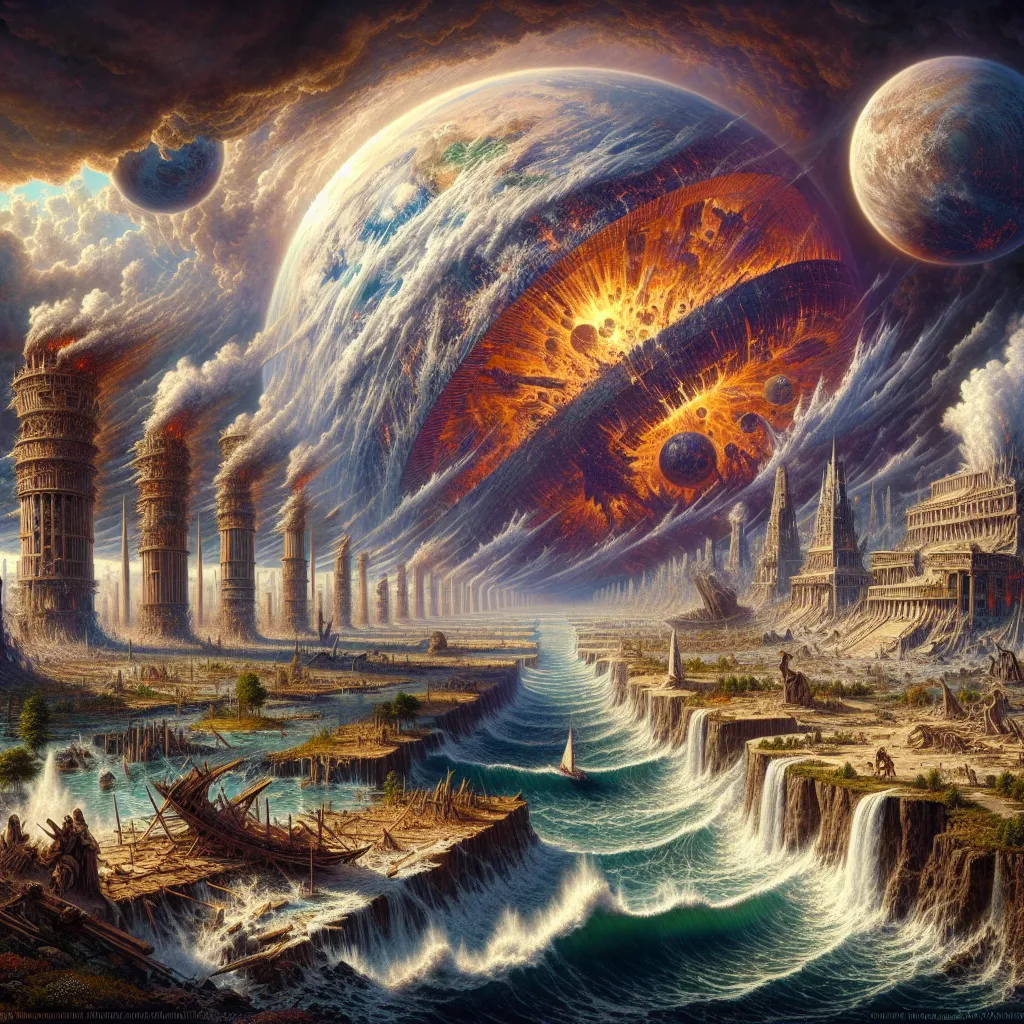Imagine you step ashore after a stormy Atlantic crossing, eyes searching the unfamiliar tree line for the promise of home. There’s no movement, only silence and the soft hiss of wind through the pines. The cabins stand empty. The woods press close. On a weathered post, a single word waits: CROATOAN. This is all that remains of one hundred fifteen souls who, just three years earlier, built England’s first settlement in the New World. The Roanoke Colony’s tale is not only a mystery—it’s a story of ambition, error, trauma, desperate renewal, and how threads of identity both fray and persist.
We all ask: What happened? Was it starvation, war, disease, or hope that pulled the colonists away from the scrubby sandhills? Out here, the past rarely offers a tidy answer. The men and women of Roanoke, led by Governor John White, were ordinary people caught on the front edge of history. They carried with them wooden chests figured as luggage but stuffed with dreams for permanence. The birth of Virginia Dare, White’s granddaughter, inspired optimism—the first English child born in North America. But gnarled roots of the New World—drought, hunger, and isolation—thwarted their plans. When White sailed for England seeking supplies, no one knew it would be three years before his return. By then, every person he knew was gone.
Why did the word “Croatoan” appear carved as a clue? Was it a sign, an instruction, or a memorial? “The past isn’t dead. It’s not even past,” William Faulkner wrote, and nowhere is this truer than on Roanoke. The Croatoan were a local Indigenous tribe, both allies and sometimes adversaries in the English struggle to survive. Today, many suggest the colonists moved south to join these Native neighbors—learning to build dugout canoes, to plant in sandy soils, to live outside rigid European hierarchies. What would you have done, knowing help might never come? Which bonds would you keep, and which break, for the sake of survival?
We tend to imagine the past as a set of finished events, but Roanoke’s mystery refuses closure. For years, the primary villain in stories was assumed to be violent conflict. Yet, no graveyard has been found, no signs of burning or siege. Archaeologists now suspect a subtler fate—perhaps the colony split and assimilated with different local peoples, a reluctant blending driven by necessity rather than choice. Here is an angle often missed: the possibility that Roanoke did not just vanish, but gradually faded into another culture, its Englishness dissolving among the Wanchese and Manteo lineages—a cultural eclipse rather than sudden loss. Some oral traditions from Indigenous groups claim ancestry linked to pale-skinned, blue-eyed newcomers. Could language, artifacts, even genes carry an echo of these missing settlers?
Let’s pause to consider the land itself. Tree ring studies reveal the Roanoke colony arrived during the worst drought in 800 years, an environmental calamity hiding in plain sight behind the politics and personalities. Imagine trying to coax life from sandy, thirsty ground, game becoming scarce, relationships with neighboring tribes stretched by scarcity. Would you blame the sky, the soil, or the strangers beside you? Some contemporary accounts hint the Little Ice Age—a period of global cooling—created hardship on both sides. Have we overlooked climate as the colony’s quiet enemy? “History is who we are and why we are the way we are,” David McCullough reminds us, and the natural world shapes those stories, even as we try to write over them.
The Roanoke colonists were never as uniform as we paint them. Census lists show entire families, not just soldiers or traders, as well as artisans, brickmakers, and laborers. Their leader, John White, was more artist than administrator. Even the reasons for the final journey are muddier than the textbooks suggest—Roanoke was not the intended destination. Those seeking fame or fortune hoped for the Chesapeake, only to be left on Roanoke by capricious captains or shifting tides. This was a detour-turned-destiny, fate decided by geography and chance.
What makes Roanoke so compelling, even now? Perhaps it is the resonance with the experience of all who feel lost or left behind, searching for signals from the ones who came before. When White returned to find “CROATOAN” and no sign of violence, he took it as a prearranged sign. Yet, a gathering hurricane forced him to pull away before searching further. Would we have done differently, or does weather command our choices more than we admit?
Over the centuries, Roanoke has been a mirror for anxieties and hopes. Early Americans used the story as a warning about faith, preparation, even divine punishment. Nineteenth-century writers spun it into gothic horror or romance; in the twentieth century, some even tried to find the lost colony in DNA. Today, Roanoke invites us to question fixed ideas about success. Is vanishing the opposite of achievement, or is transformation—often invisible—the deeper goal? What do we count as thriving in hostile territory?
The tale of Virginia Dare, who vanished before her third birthday, became legend. How does a child who only lived in myth become a symbol of hope and mourning? “Those who do not remember the past are condemned to repeat it,” cautioned George Santayana. The Roanoke story repeats, not as a mistake but as an exercise—what are we willing to surrender, and what should we shield at any cost? If you had to leave your home overnight, what sign would you carve for those searching for you?
The search for Roanoke’s fate hasn’t faded. Every few years, new artifacts emerge—fragments of pottery, a gunlock, a Spanish coin—hinting at mixed households, hybrid communities. None has provided final proof. Perhaps this is the point: Roanoke is less about what happened and more about what we imagine happened. Each theory says as much about its teller as its subjects. In the end, the colony’s disappearance is a meditation on resilience and the trauma of beginnings.
If you’ve ever stood on a windblown island with history rustling at your feet, you know the feeling—the sense of seeing but not touching, of almost finding. Roanoke is a reminder that stories do not always provide closure. But maybe that’s what makes the search worthwhile.
“History is a vast early warning system,” Norman Cousins once wrote. In the case of Roanoke, the warning may be about the dangers of certainty in a world built on the unpredictable—on weather, on alliances, on the courage to leave a word behind and hope someone, someday, will read it with care.
So here’s my question for you: If the traces of who we are disappear tomorrow, what one word would you carve into the world? And would it be enough?






